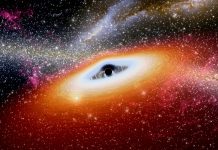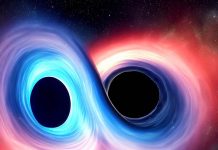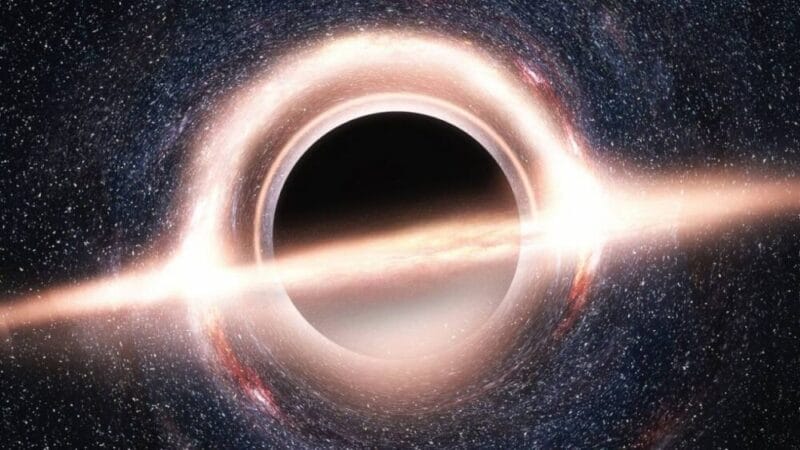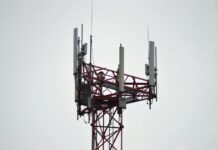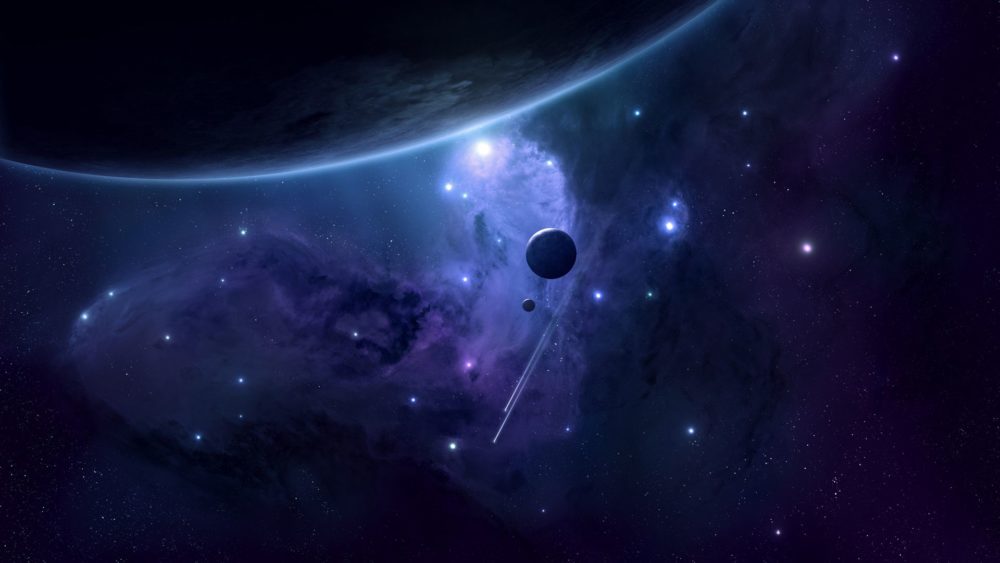
J2157: Black Hole 5 Times the Size of Our Entire Solar System
What is J2157?
Quasars are supermassive black holes that produce such an excellent amount of energy from their vaporous circles which makes them appear to the telescope as stars. J2157 appears to be one among those quasars.
J2157: Black Hole 5 Times the Size of Our Entire Solar System
Where is J2157 Found?
The question you’ll be asking yourself now’s if this monster of a black hole is near us or not? No worries, the J2157 black hole is situated at a decent 12.5 billion light-years far away from us.
The J2157 black hole was first discovered about 2 years ago, that’s in 2018 more precisely. it had been found within the centre of a really faraway galaxy called SMSS J215728.21-360215.1, where it derived its name j2157 from.
J2157 is situated within the star grouping Sagittarius, which means it had been seen when the universe was just two or three hundred million years aged.
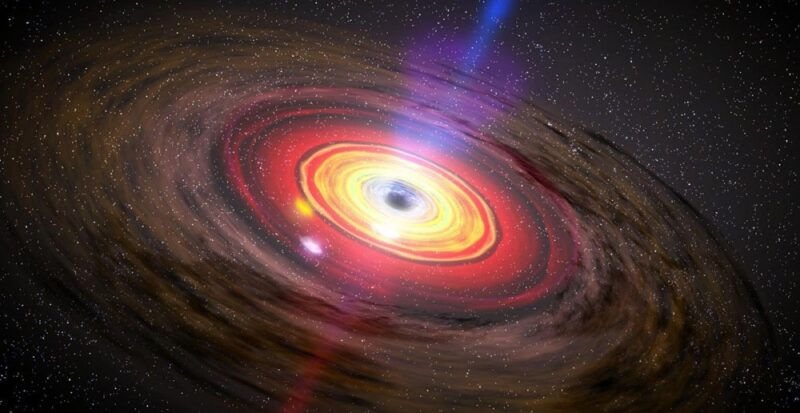
J2157: Black Hole 5 Times the Size of Our Entire Solar System
What is the Size of J2157?
Space specialists and observers have discovered what’s most likely one among the largest black holes of all times.
According to updated measurements given by astronauts, this black hole is about 5 times the dimensions of our entire solar system combined, with a fantastic radius of about 670 astronomical units (AU).
This quasar equals its parent star pound for pound in terms of mass, as indicated by closer examination.
It may also interest you to understand that Sattugarius A, which is the supermassive black hole of the centre of our galaxy is 8000 times smaller than this region, consistent with Christopher Onken of Australian National University.
Astronauts found that at its current state, the J2157 black hole typically eats the equivalence of a mass of a star every day.
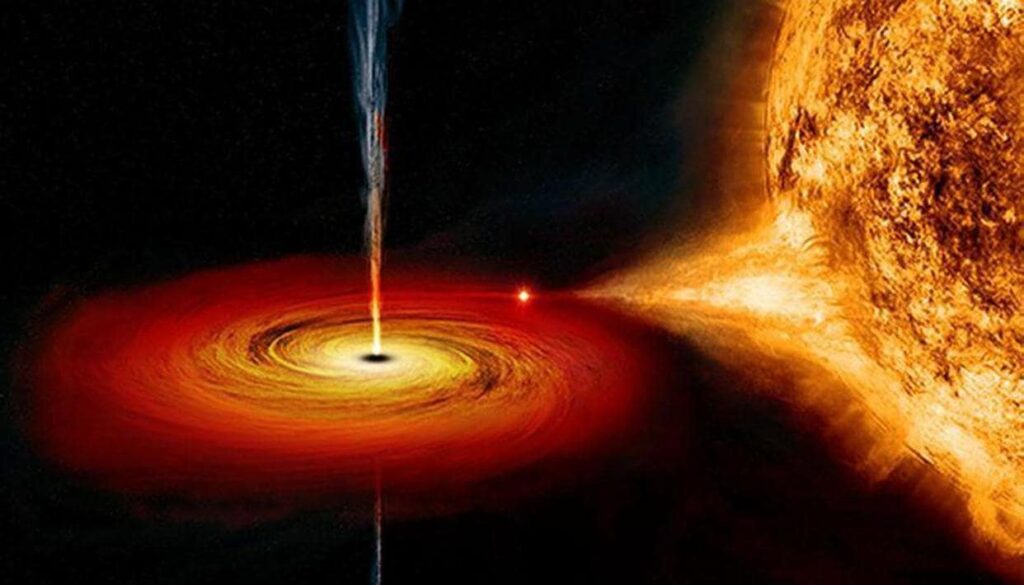
J2157: Black Hole 5 Times the Size of Our Entire Solar System
Is J2157 the largest Black Hole?
Recently, New exploration has uncovered the largest known black hole, and it’s not actually J2157.
As per the time this article was written, the black hole found within the centre of a galaxy about 700 lightyears away called Holm 15A was.
The previously mentioned black hole is taken into account to be the largest and customarily most gigantic of its type with a size of around 40 billion solar masses, researchers state.
There are other black holes more massive than the J2157, notably, the quasar TON 618 which is found at about 10.4 billion light-years away and features a size of about 66 billion solar masses.
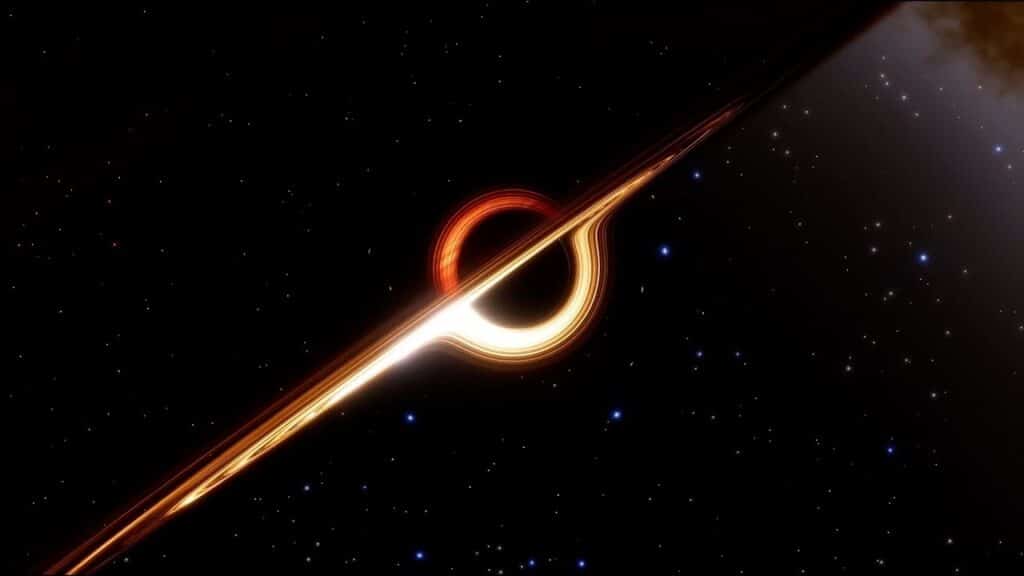
J2157: Black Hole 5 Times the Size of Our Entire Solar System
Properties of the J2157
The splendour of J2157 – 3602 is autonomous, yet its mass despite everything must be restricted by a high PPI density spectrum.
The light from this quasar is the thing that stargazers are checking out within the disclosure of black holes, and it could be very well up to 600 trillion times brighter light than our sun.
It is the quasars producing the foremost light among those being mentioned, (letting everything being equal, certain bolometric amendments are made).
However, there doesn’t appear to be tons of distinction between its luminosity and the luminosity of its parent Galaxy. Regardless, this can be the case where the featuring light of a quasar seems brighter than what it appears to be.
This shows the prospect that such an exceptional light must be little by galactic norms and consequently should cover tremendous distances for it to arrive in our line of sight.
The present telescope pictures just spread a timeline of about 1.5 billion days, while the light from the quasar took 13 billion years to arrive in our line of sight.
So, it could more likely might have not been noticeable a decent way off of around 100 million light-years. That is, we are able to just watch it immediately after its introduction into the universe. In other words, the sunshine from it’s obvious just in portions of a second or maybe not far more than 1/3 of the time.
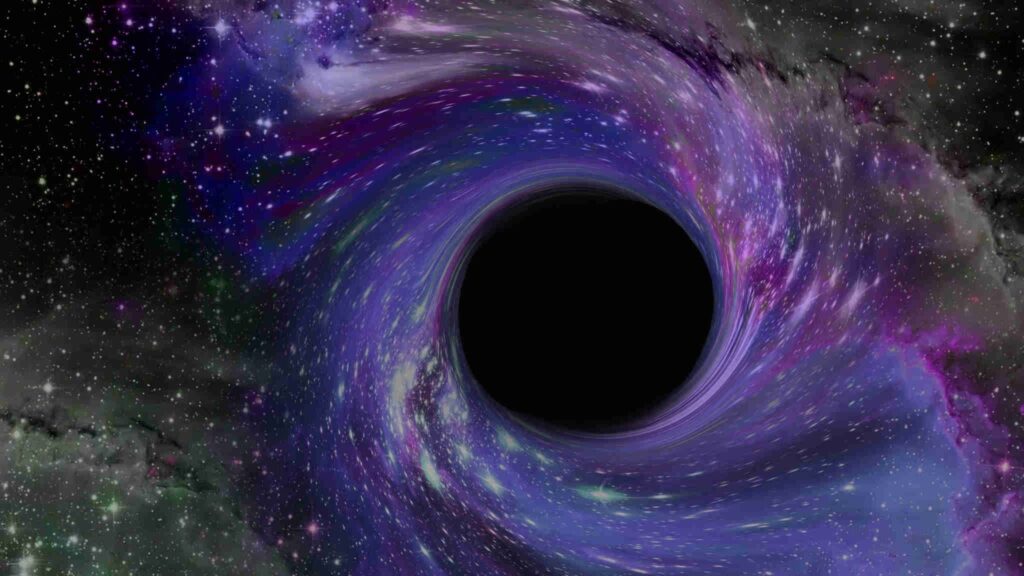
J2157: Black Hole 5 Times the Size of Our Entire Solar System
Properties of Other Quasars
When cosmologists take a glance at black holes, they perceive how far it had gone previously. Yet the initial black holes were little and haven’t been watched but still just anticipated by hypothesis.
Be that because it may, an ongoing report has demonstrated that quasars or supermassive black holes didn’t just exist during the early universe. they appear to have been very numerous, with a sum of about 1.5 billion quasars, like items in our Milky Way Galaxy.
Space experts are attempting to grasp how these black holes developed in our universe during its initial days.
To appraise the mass of a black hole, two key elements must be estimated namely;
- The black hole’s mass.
- That of its host galaxy.
The new estimation overhauls the past estimation of KMH, one among the foremost enormous supermassive black hole known to mankind.
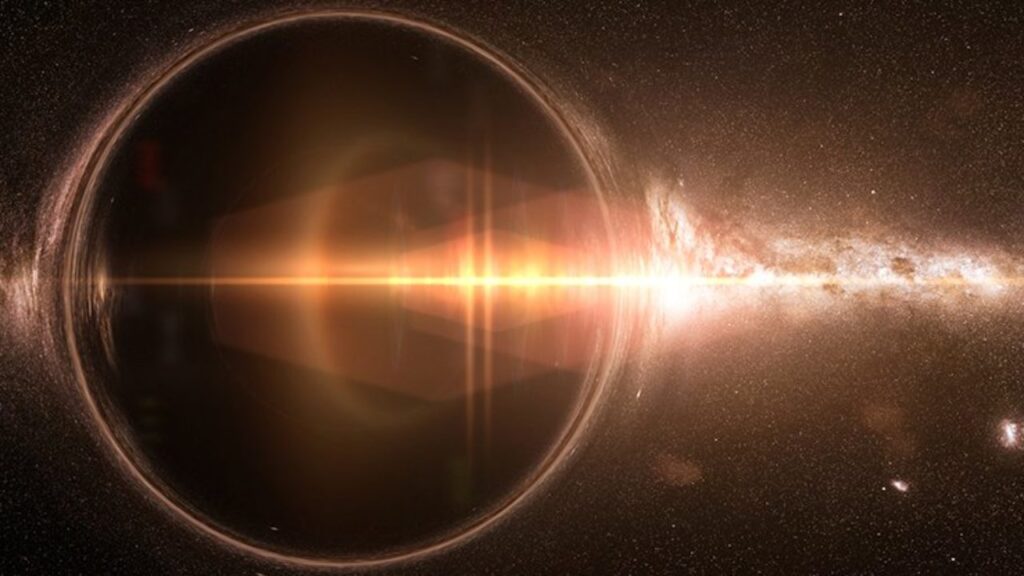
J2157: Black Hole 5 Times the Size of Our Entire Solar System
Conclusion
In a future examination, Astronauts got to utilize Alma to quantify the cold gas that exists within the quasar’s host cosmic system, to make a decision concerning its mass.
Further investigations of the black hole could reveal insight into its host universe, which could progressively uncover more about how the J2157 black hole evolved and furthermore, the development of those sorts of black holes within the early phases.
Further investigations on the J2157 black hole could likewise reveal insight into uncovering some data about the development of black holes and even the historical backdrop of our own Milky Way galaxy and its development from the earliest start line to the furthest limit of its existence.
What do you think about this black hole, is there anything we forgot to mention in our article? Please tell us in the comment section.
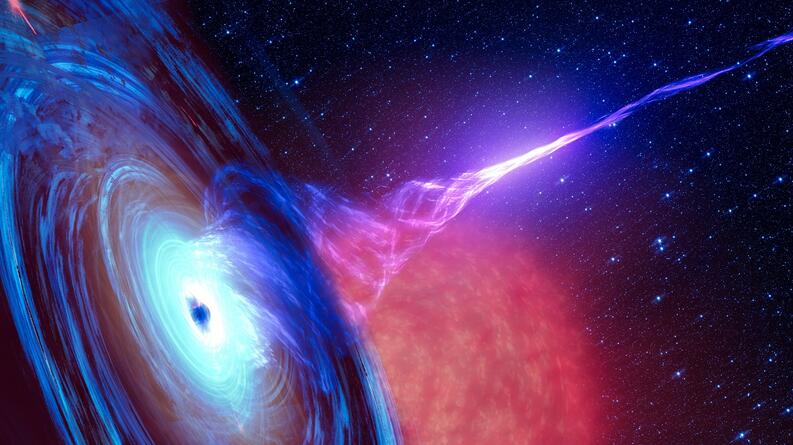
J2157: Black Hole 5 Times the Size of Our Entire Solar System
References
- napavalleyregister
- dailymail
- syfy
- eso
- guidetothecosmos
- astrobites
- sciencealert
- news.knowledia
- universetoday
- bbc
- whatifshow
- futuretimeline

